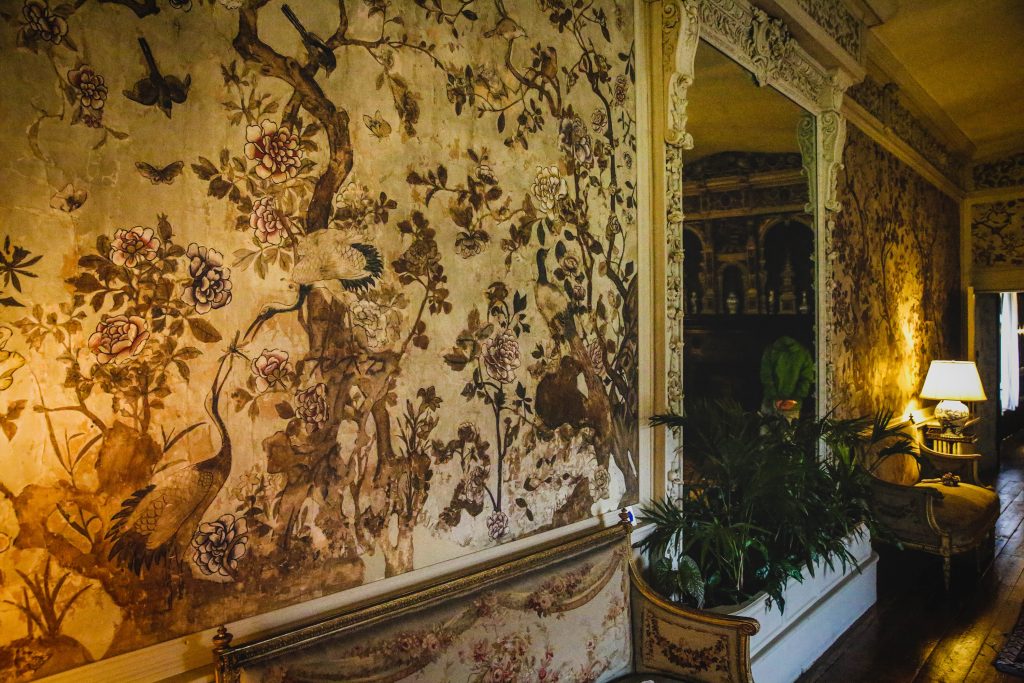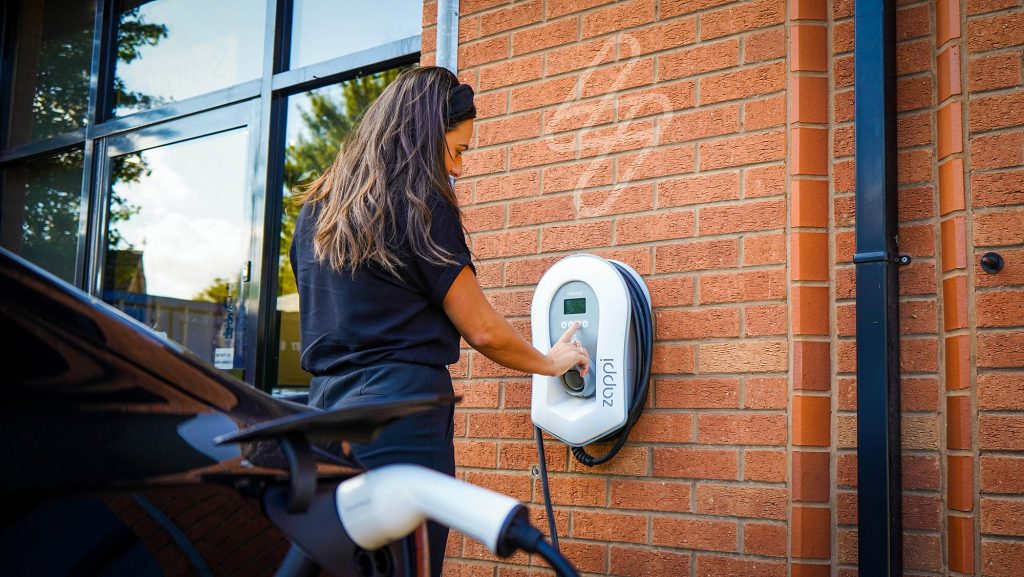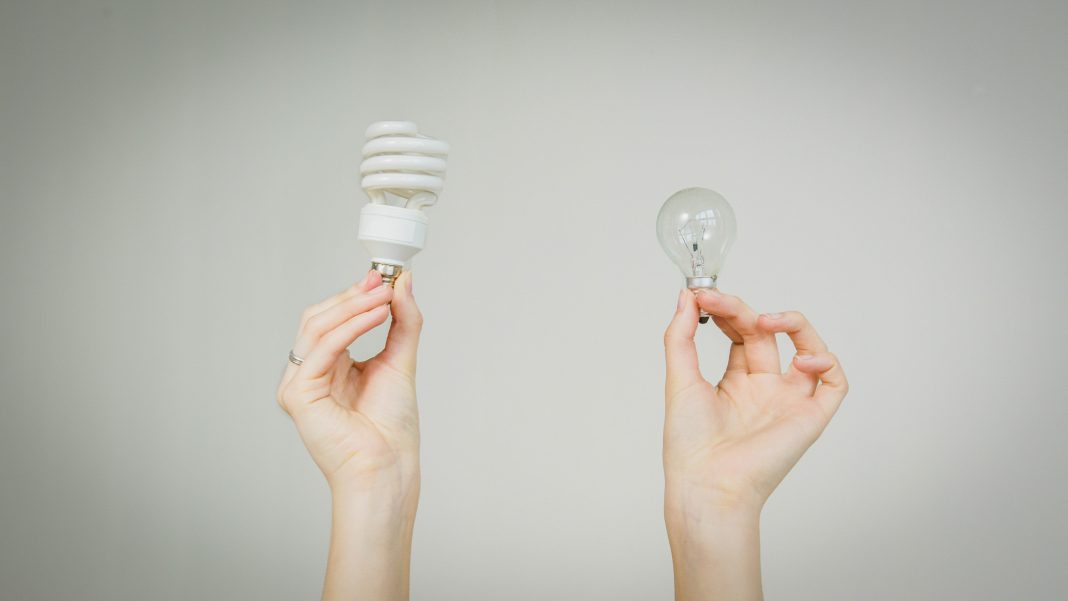Realistically, for a shot at halting climate change, we need to make buildings more efficient, big time, with widespread retrofit rollouts in the next few years! Regardless of good intentions, that’s not easy without disposable cash. So, how can we possibly improve older buildings if money is tight? We look at how you can retrofit on a budget, whatever your property’s needs.
There is a strong case in favour of retrofitting, but poor cash flow presents a genuine and unnavigable barrier. With 22% of Europe’s low-income population trapped in inefficient (often rented) housing, this is the demographic most susceptible to the effects of climate change and the least empowered to adapt. They pay more but are less comfortable. That’s the energy gap.
But small changes and innovation during maintenance cycles mean residents and landlords working to strict budgets can retrofit. We’ve compiled a bunch of low-cost quick fixes that play with the definition and help you set out towards net zero affordably. Take up some of our tips today and gift yourself a better quality of life.
Lights! Retrofit! Action!
Small changes make a big difference. You’d be hard-pressed to find lightbulbs that aren’t energy-saving these days. LEDs offer an intense, more natural output than conventional bulbs – better for our eyes and mood. They’re more expensive, yes, but need replacing less frequently. With an overall saving of €8 per bulb per year, it makes sense to phase out incandescent old-timers.
Outside lighting also benefits us inside. Low-energy electric lighting offers personal and property security at night.
Say ‘No Thanks’ to Tanks
Large water heating tanks maintain a steady temperature by repeatedly heating, waiting for water to be used. Relatively cheap tankless water heaters expel the need for this, providing minimum amounts of hot water on demand. Some models lead to savings of $95 per year, recouping retail costs in just over 2 years. It’s hyper-efficient and spares space!
Here Comes the Sun
Artificial lighting isn’t too good for us. Refraining from flipping the on switch saves up to €18 of energy annually. Make the most of vitamin-D-packed natural light instead by:
- Shifting around the furniture to see what arrangement offers the best exposure.
- Utilising mirrors to reflect light back in the room.
- Keeping trees trimmed to allow natural light to filter through.
- Installing larger windows – and keeping them clean for optimum illumination.
- Knocking through walls to offer more space and allowing light to reach further.
- Banishing darkness with rooftop windows – giving about 5 times the intensity of their wall-based competitors.
Live Like a Mediterranean
While we welcome the warming rays and brightening beams of the sun, exposure to too much solar radiation is unpleasant, even dangerous. The more windows in a building, the higher the chance of overheating. (See also building-related illnesses.) Public buildings that favour bright, open plan layouts with glazed walls are especially susceptible if they don’t take precautions. But a chilled atmos isn’t only achievable with pricier cooling units…
Communities living along the Med have been shielding from the searing sun for millennia, so we can learn a lot from the region’s solutions.
The Art of Reflection
Bright facades reflect light and heat. Whitewashing walls makes an interior look open, airy, and inviting; applied to the outside it sends excess warmth packing.
Maintaining a comfortable space this way is made simple by checking a paint’s Light Reflectance Value. Colour Strategist Lori Sawaya explains: “a higher LRV supports lighting plans by helping to propagate daylight deep into the space.” Fewer interior lights are “required to enable employees to efficiently and safely perform their tasks”.
High-rise builds have more surface area and therefore reflect more light and absorb more heat. This adds to the urban heat island effect. Paint may not be enough to keep this under control. While there are ways to avoid the UHI, creative sun protection is an effective deterrent…

Passive Shading
Internally, dynamic solar shades, such as shutters and blinds, provide an easily adjustable fix to excessive heat and light.
Blinds offer the best light control. Window film is a budget alternative to tinted glazing, preventing sun glare while improving privacy.
Adjustable slatted external shutters are optimised for heat control: angle one way, they let in the early morning warmth, and another to protect from the midday intensity.
Static louvres offer less control but robust results. Horizontal slats block light before it hits the window (outmanoeuvring the traditional greenhouse effect), and defending against rain, but letting air flow through.
All passive shading works best on elevations that catch the sun: different in each region, so be sure to identify the sun-facing direction and angles for your building.
Cool Trees, Nice Breeze
Properties fortunate enough to have an interior courtyard benefit from light throughflow. Not something that can be retroactively added, but make the most of existing space with added vegetation.
Blocks with a shared interior garden reap similar rewards. The beauty here is shared responsibility – and cost! Chip-in with neighbours to purchase water features, known to take the sting out of the heat – not least if you can take a splash.
Go Green
A lightweight, low maintenance, and impactful option. Trees, shrubs, succulents, grasses, and flowers help with ambient cooling, beautification, ecological preservation, and stem rainwater runoff. Make your own living wall at home in an afternoon.
Green roof conversions may be out of budget – or even physical reach – and making changes to shared spaces like rooftop terraces without first checking with neighbours or landlords is not advised. But your balcony is your business. Bungalow and high-rise residents alike can do their bit with hanging baskets and windowsill planters.
Seed libraries and plant swaps offer free sources for buds and bushes. Friends, family members, and neighbours may be able to supply clippings without charge.
Forego pretty for practical by growing herbs and veg. Daniel Oulaï from Ivory Coast set up a seed library to help farmers grow traditional crops: “GMOs go hand in hand with using chemical products like pesticides,” leading to “negative effects on the environment”. Even on a smaller scale, home-grown produce is ecologically sound and saves on food bills.
For a great deal more on greenery in sustainable buildings, head over to the case for green roofs.
Be Bold, Eradicate Mould
You know the smell. It’s unmistakable. Musty. Oppressive. In cooler, wetter climes, inefficiencies can lead to walls tarnished with damp and black mould. It’s all caused by one thing: excess moisture.
Condensation forms when warm, moist air hits cold walls and windows. Alongside stagnant air, this is in turn a breeding ground for black mould. Where rain is common (we’re looking at you, Britain!), rising damp is cause for concern: groundwater climbing the walls is a clear symptom of buildings not suited to the moist environment. Whatever the cause, unsightly superficial and costly structural damage can follow, including blistering and peeling of paintwork and plastering. Damp and mould get into our lungs, too, causing or aggravating respiratory complications.
So, how to prevent it on the cheap?
Mould, Begone!
Opening windows allows steam from cooking, showering, and drying clothes indoors to escape. If it doesn’t linger, it’s less of a threat. Keep furniture away from walls to allow air to flow – and so you can easily see if mouldy marks appear.
If condensation does settle, wipe down walls and windows with an absorbent cloth to prevent mould from forming. It usually takes 24-48 hours. Dry clothes outdoors whenever possible. Your rooms will also smell a lot better.
Dehumidifiers can suck moisture from the air in any room. Not a bad idea for bedrooms overnight, where hours of deep breathing can cause windows to fog.
Another low-tech solution is the trusty extractor fans. Present in bathrooms and over ovens, they automate the ventilation process in parts of the home where steam frequents.
Insulated walls keep warm. Condensation therefore won’t form. Where this isn’t the case, and it’s beyond budget to add, keep the heating on. Connect the dots: boosting central heating when you’re cold proves you’re allowing your walls to get cold, too. Consistent warmth is economical and keeps you and your building toasty enough to stave off wetness. Simple insulation for cold water pipes also prevents localised cooling.
Moving outdoors, a bit of regular maintenance will help you stay on top of troubles. Fix or replace broken or missing roof tiles, which can allow wet to seep in. The same goes for cracked and leaky window frames. Replace wooden ones with more durable material for best results.
Check on pipes, cladding, and guttering. Any blockages cause water to spill over, down walls, leading to damp and cold seeping in. Clearing out leaves and gunk, and replacing cracked units, will allow water to continue to flow where it needs to, quickly.
Learn from the Past
Insulation isn’t a new concept. External walls are a major problem for energy loss due to thermal bridging – materials cooled from the outside absorbing the indoor heat. Cladding out of the question? What would our ancestors do?
Olden times folks hung rugs and tapestries to cover walls, protecting against the cold. They added curtains, which retain heat. These days curtains allow style-savvy occupants to add a splash of interior design flair to their renovation.

When retrofitting, we often focus on walls and the roof. But the floor is a huge area of heat loss. Rugs and carpets offer decent and affordable heat retention. They’re perfect for covering gaps between leaky, ageing wooden floorboards.
Don’t forget the doors! Stuffed snakes from the ‘80s have had a makeover (read: sans face and tongue) but they’re just as effective against draughts. Make your own.
Minor Adjustments
Pimp the Porcelain
Redoing the bathroom? Choose a duel flush toilet to save water, literally at the press of a button. Without being vulgar: one press releases little water for shifting liquid waste. Another button is more generous to rid us of larger deposits.
Butt Out!
If you have external space, add a water butt for rainwater harvesting. These ‘rainwater gardens’ are perfectly suitable for watering plants and flushing toilets for free. It also prevents flooding risk.
Sustainable Showers
After washing machines and toilets, showers use the most water in our homes. The U.S. Department of Energy recommends replacing your existing shower heater with a water-efficient alternative. It saves up to 60% of water, and therefore the amount of heating energy required. Both are cost-savings.
Read more about water efficiency in our dedicated article.
Appliance Compliance
Old, inefficient ‘white goods’, such as the fridge and dishwasher, release considerable amounts of heat, unnecessarily warming interior spaces.
The market is now rich with low-energy equivalents. While not cheap, the need to replace kaput appliances is unavoidable. Taking home another power-guzzler isn’t.
A Real Turn-Off
More a tip than technically a retrofit but save a whole bunch of energy by not leaving appliances in standby mode.
Printers, wireless routers, microwaves, and washing machines are among the biggest offending culprits for using ‘vampire power’ – that’s wasted energy consumption during downtime. This unnecessary power use contributes to higher indoor temperatures and surprisingly significant costs. Cut it out. Switch off at the wall.
Retrofit to Earn
Cost-savings aside, how would you like to earn money from your retrofit?
We no longer double-take upon seeing an electric vehicle charger. Common now with newly-built homes, personal units are still out of reach for many – residents in multi-floor apartment blocks, for example.
Regardless of their environmental benefits, costing in excess of €500, they’re not a cheap addition to any retrofit project.
However, any building with one can recoup costs with apps like Co Charger. This lets you arrange for EV-users to leech off your electricity supply at a pre-agreed cost. Make a little money to help pay for your retrofit. Plus, you get to be the neighbourhood hero.

How to Retrofit on a Budget – In a Nutshell
Retrofitting doesn’t need to break the bank. Commercial projects turn to high tech and new materials for heating, cooling, and ventilation solutions. But a little creative thinking creates considerable comfort with little or no financial investment.
Appliances will eventually reach the end of their life cycle. Inconvenient, yes, but expensive? No. Modern energy-efficient replacements are no pricier than older models. So, why not switch?
Greenery, blinds and curtains, lightbulbs, paint, draught excluders, shutters, showerheads, and water butts: all seemingly minor yet significant steps towards ecologically friendly living. Combined, they offer an incredible impact. One thing is clear: we all have the power to retrofit.


